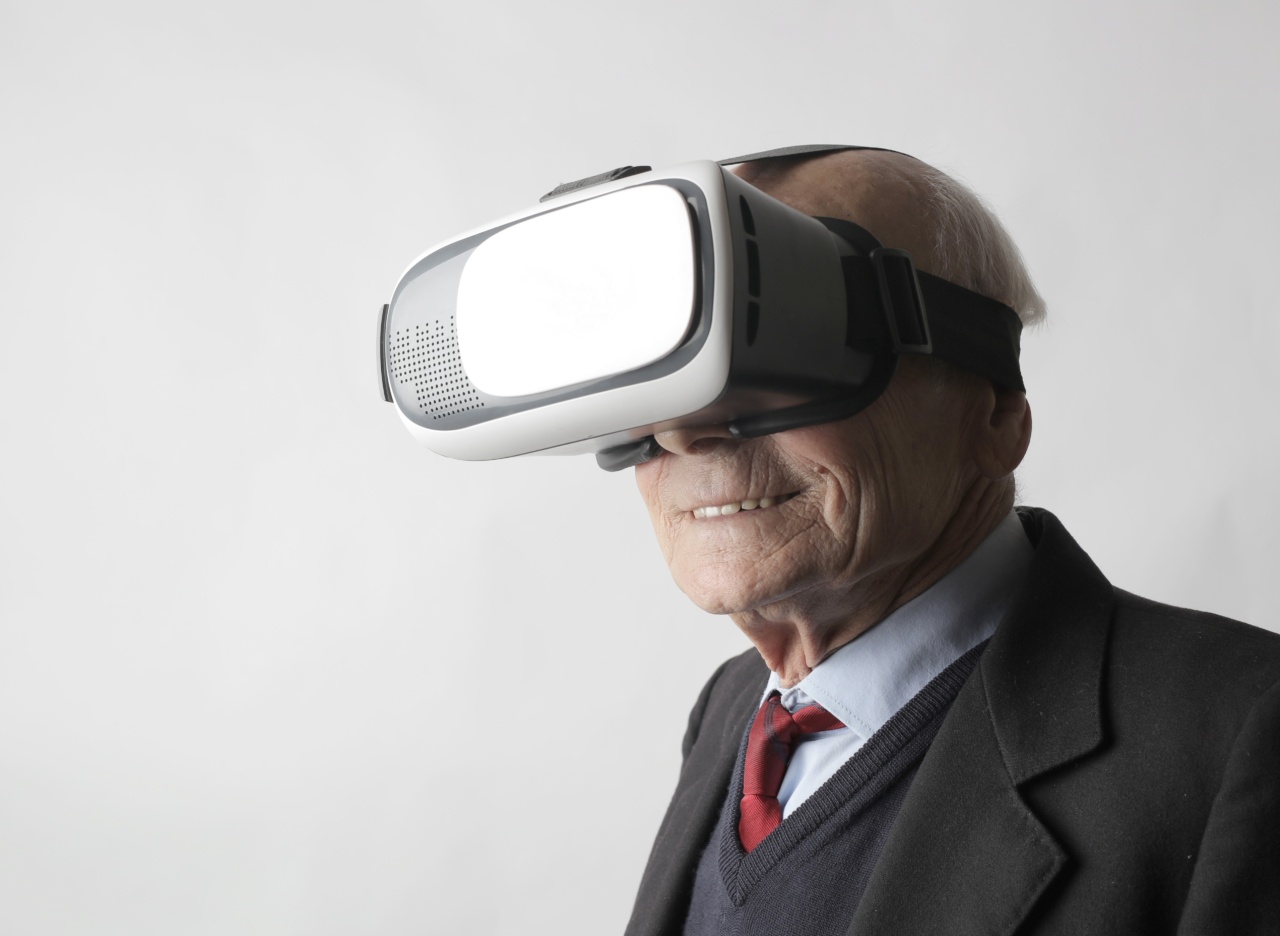In recent years, virtual reality technology has advanced rapidly and is no longer just a tool for gaming or entertainment. It has become a game-changer in the field of mental health and therapy, particularly for treating anxiety disorders.
Virtual reality therapy (VRT) is a form of psychotherapy that uses VR technology to simulate real-life situations that trigger anxiety, phobias, or trauma in clients. It offers a safe and controlled environment for individuals to face their fears and concerns while receiving personalized treatment.
How Does Virtual Reality Therapy Work?
Virtual reality therapy works by exposing individuals to situations or stimuli that trigger their anxiety or fear response in a controlled, virtual environment.
By doing this, individuals can learn to confront and manage their anxiety in a safe and supportive setting with a trained therapist guiding and supporting them throughout the process.
VRT typically involves using a VR headset to create an immersive and realistic experience. Clients can interact with their virtual environment using handheld controllers or other devices to mimic real-life scenarios.
They can practice coping strategies and techniques in a safe space before transferring their skills to the real world.
Which Anxiety Disorders Can Benefit from Virtual Reality Therapy?
Virtual reality therapy has been shown to be effective in treating a range of anxiety disorders, including:.
- Social Anxiety Disorder: VRT can help individuals with social anxiety disorder to gradually confront and overcome their fear of social situations, such as public speaking or meeting new people.
- Panic Disorder: VRT can simulate panic-inducing situations, such as being trapped in an elevator or experiencing a panic attack in a crowded place, to help individuals learn to manage their symptoms.
- Generalized Anxiety Disorder (GAD): VRT can help individuals with GAD learn to manage their worry and anxiety by simulating daily stressors and teaching coping strategies.
- Post-Traumatic Stress Disorder (PTSD): VRT can recreate traumatic events that trigger PTSD symptoms, allowing individuals to work through their trauma in a controlled and safe environment.
- Specific Phobias: VRT can simulate scenarios that trigger specific phobias, such as heights, flying, or spiders, to help individuals overcome their fears.
Benefits of Virtual Reality Therapy for Anxiety
Virtual reality therapy offers several benefits for individuals struggling with anxiety disorders:.
- Safe and controlled environment: VRT allows individuals to face their fears and concerns in a safe and controlled environment. It provides a space for exposure therapy, which has been shown to be effective in treating anxiety disorders.
- Personalized treatment: VRT can be tailored to individual needs and preferences. Therapists can create virtual scenarios that are specific to a client’s situation, allowing for more targeted treatment.
- Increase engagement: Virtual reality can be a more engaging form of therapy than traditional talk therapy, which can increase clients’ motivation and commitment to treatment.
- Immediate feedback: VRT can provide immediate feedback on progress and skills learned, allowing clients to see their improvement and track their progress.
- Safe and supportive space: VRT provides a supportive and non-judgmental space for individuals to work through their anxiety with a trained therapist. They can practice coping skills and techniques without fear of failure or judgment.
What Does Virtual Reality Therapy Involve?
Virtual reality therapy typically involves several steps:.
- Initial assessment: Before beginning virtual reality therapy, a therapist will conduct a thorough assessment of a client’s anxiety symptoms, triggers, and history. They will determine if VRT is an appropriate form of treatment.
- Virtual exposure: Once a client is ready, a therapist will create a series of virtual scenarios that simulate the client’s anxiety triggers. These scenarios will be scaled gradually, beginning with less challenging situations and moving towards more complex ones.
- Skills training: In addition to exposure therapy, therapists may also use VRT to teach clients coping skills and relaxation techniques to manage their anxiety. Clients can practice these skills within the virtual environment and transfer them to real-life situations.
- Progress monitoring: Therapists will monitor a client’s progress throughout VRT and evaluate their improvement. They may adjust treatment plans to ensure the best outcomes.
Is Virtual Reality Therapy Effective?
Several studies have shown the effectiveness of virtual reality therapy in treating anxiety disorders.
According to a 2019 meta-analysis, virtual reality exposure therapy was found to be more effective than no treatment and equally as effective as in-person exposure therapy for the treatment of anxiety disorders.
Virtual reality therapy can lead to significant improvements in anxiety symptoms, including reduced anxiety, avoidance, and distress. It can also lead to better outcomes than traditional forms of therapy, such as cognitive-behavioral therapy.
Virtual Reality Therapy: The Future of Anxiety Treatment?
Virtual reality therapy is a rapidly growing field in mental health and has the potential to revolutionize anxiety treatment.
Its ability to provide a safe and controlled environment for exposure therapy and skills training offers a unique and effective treatment option for individuals struggling with anxiety disorders.
With advancements in technology and growing research on its effectiveness, it’s likely that virtual reality therapy will become a more mainstream form of treatment in the future.





























